Retro Replay Review
Gameplay
Scenario: Theatre of War offers a robust turn-based strategy system that places you at the helm of a budding empire in the midst of World War I. You begin with a single province and a handful of units—tanks, airplanes, and ships—and must plan your expansions carefully. Unit movement is easy to grasp: each tank, plane, or ship can move once per turn, allowing you to reinforce your borders or launch bold offensives into neighboring territories.
(HEY YOU!! We hope you enjoy! We try not to run ads. So basically, this is a very expensive hobby running this site. Please consider joining us for updates, forums, and more. Network w/ us to make some cash or friends while retro gaming, and you can win some free retro games for posting. Okay, carry on 👍)
The conquest of neutral and enemy provinces involves a clear, informative battle resolution screen. When opposing forces clash, you can watch the ebb and flow of combat before determining if your army has prevailed. If a province has no defending units, you’ll claim it instantly, rewarding aggressive expansion tactics. Ships add another layer of depth by automatically transporting tanks and planes, letting you mount surprise amphibious operations on coastal regions.
Resource management lies at the heart of Scenario’s strategic challenge. Taxes generated by your populace provide a steady income, but lucrative mining operations for coal, iron, and copper can boost your coffers—at least until the deposits run dry. You can even pay for geological surveys to reveal remaining resources at a hefty fee, or dispatch ships to overseas colonies for additional funding. This balance of risk and reward keeps every decision meaningful.
Building and production are equally engaging. Factories specialized in tanks, planes, or ships must be constructed before you can field new units, and each has a per-turn output limit. Fortifications can be erected to stiffen your defenses, and you can fund local revolutionary movements to flip enemy provinces without direct combat. Every turn also carries the chance of random events—worker strikes, gold discoveries, or surprise demolition missions that challenge you to complete a brief arcade-style shooting sequence to sabotage an enemy factory.
Graphics
On the visual front, Scenario: Theatre of War uses a clean, functional map of Europe divided into distinct provinces. The color-coded territories and clear borderlines make it easy to track control and troop movements at a glance. Although the graphics are not cutting-edge by modern standards, the interface remains intuitive and uncluttered, helping you focus on the strategic layer rather than wrestling with menus.
Unit sprites are distinct and recognizable, with tanks, aircraft, and naval vessels each sporting their own icons. During combat, simple but effective animations illustrate the conflict’s outcome—shell bursts for tanks, dogfight silhouettes for planes, and exploding hulls for ships. These brief sequences add flair without slowing down the pace of play.
The occasional arcade mini-game for sabotage missions introduces a different visual style—dark interiors, guard sprites, and crosshair targeting—providing welcome variety. While these segments are brief and somewhat simplistic, they break the monotony of turn-based play and reinforce the wartime atmosphere.
Story
Scenario: Theatre of War does not follow a traditional narrative storyline; instead, it provides a sandbox stage on which you craft your own saga of conquest. Each playthrough unfolds differently as you choose which provinces to seize, how to allocate resources, and which diplomatic gambits to pursue. This emergent storytelling model shines when you recall narrow victories, resource crises, or dramatic comebacks against rival empires.
Random events contribute to the sense of a living world. A sudden worker strike can stall your industrial output, while the discovery of a gold mine injects unexpected wealth into your treasury. These unscripted moments create small narrative arcs within the larger campaign, giving each session its own memorable twists.
The historical trappings of World War I—trenches, early tanks, rudimentary airplanes, and clunky battleships—provide an authentic backdrop without bogging you down in minutiae. By focusing on province-by-province conquest rather than individual soldiers or generals, Scenario encourages you to see the grand sweep of the conflict and imagine the political and economic machinations behind every territorial advance.
Overall Experience
Scenario: Theatre of War delivers a satisfying blend of grand strategy and operational tactics wrapped in a World War I theme. Its learning curve is moderate: new players may take a few turns to get comfortable with production chains and resource depletion, but the intuitive interface and clear feedback loops quickly guide you toward competent play. Veterans of classic hex- or province-based wargames will feel right at home with its methodical pace and emphasis on long-term planning.
Replayability is a major strength. With four player slots (human or AI), randomized events, and a wide array of strategic options—mining, taxation, factory building, revolutionary funding, naval expeditions—no two campaigns feel exactly the same. The option to configure opponents as human-controlled adds a social dimension, turning each map into a dynamic, multiplayer struggle for dominance.
While the graphics and presentation are understated, they never obscure the core strategic gameplay. Whether you’re an aspiring warlord charting a course to pan-European domination or a history buff looking to explore the logistical challenges of early twentieth-century warfare, Scenario: Theatre of War offers an engrossing, thought-provoking experience. It’s a title that proves depth of strategy outweighs flashy visuals—a true gem for fans of classic turn-based campaigns.
 Retro Replay Retro Replay gaming reviews, news, emulation, geek stuff and more!
Retro Replay Retro Replay gaming reviews, news, emulation, geek stuff and more!
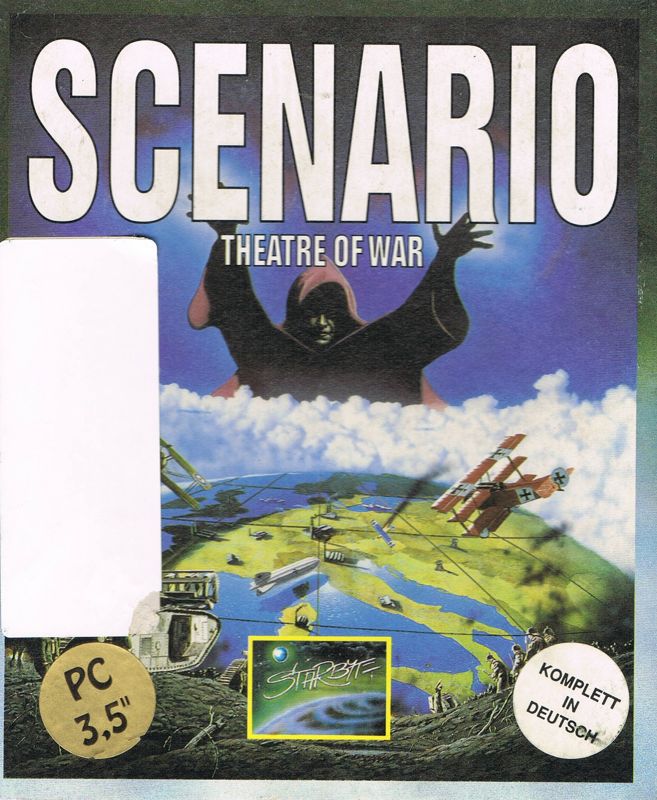

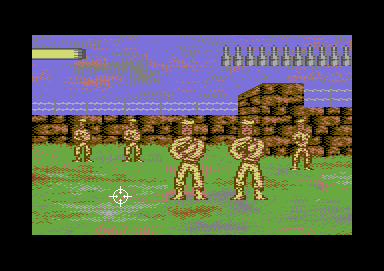
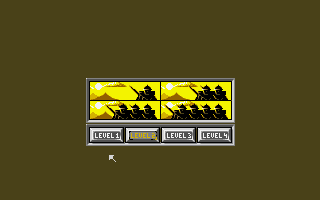
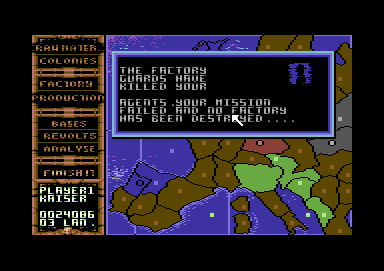
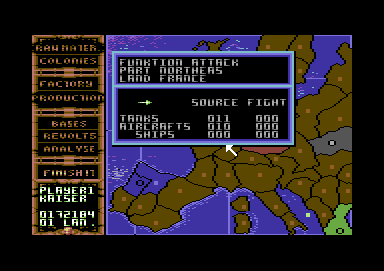



Reviews
There are no reviews yet.